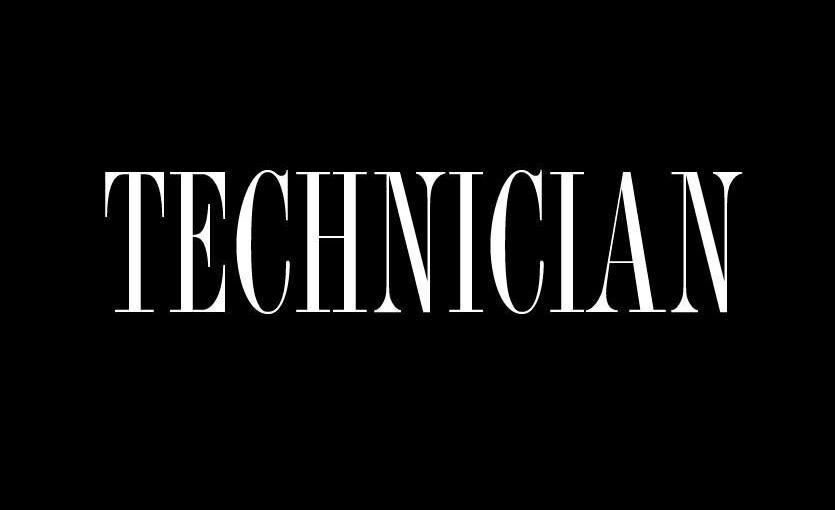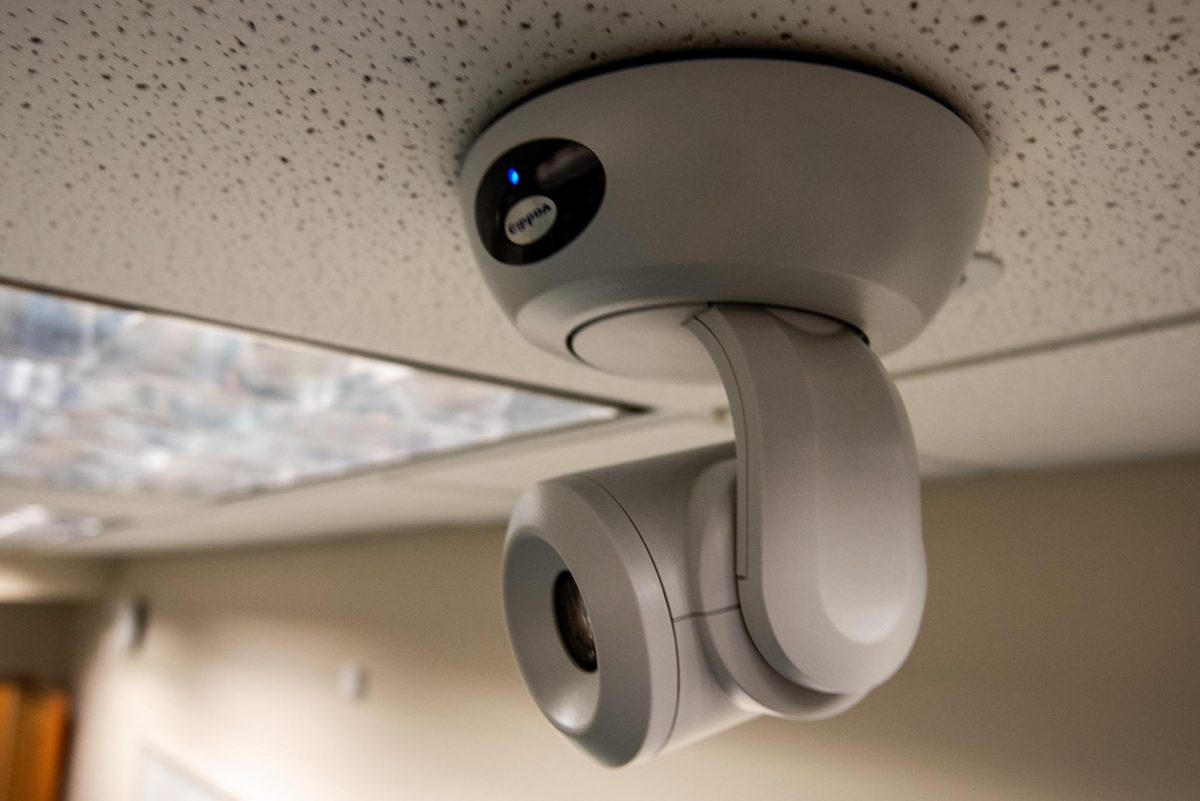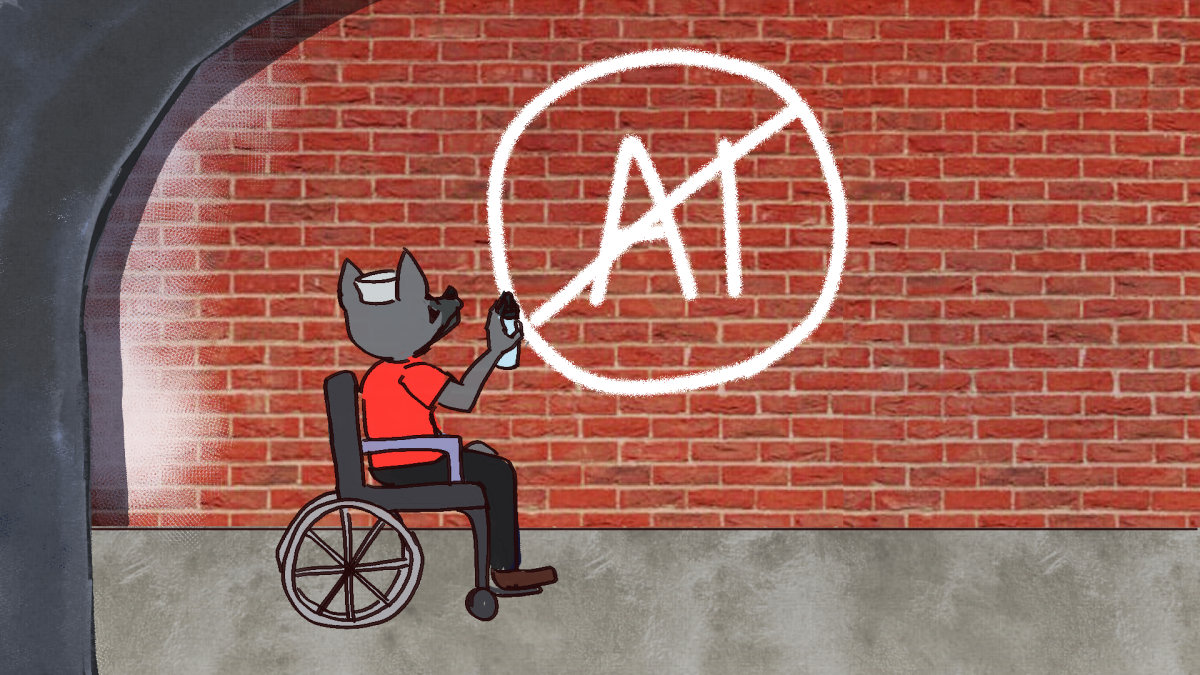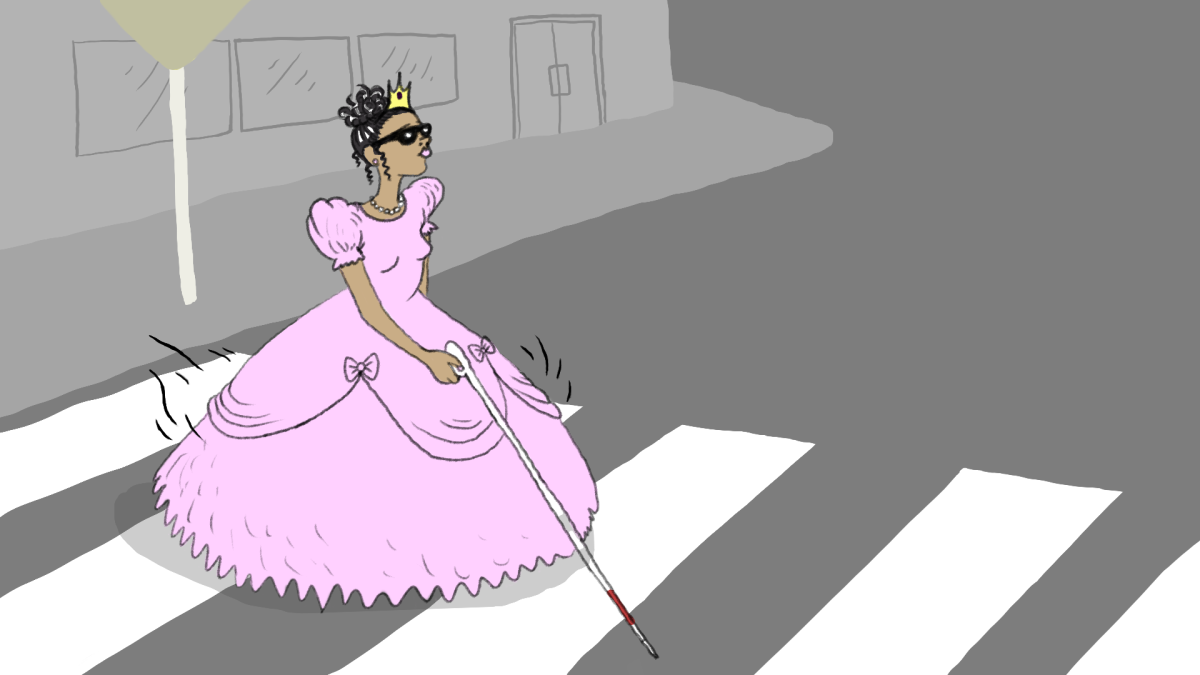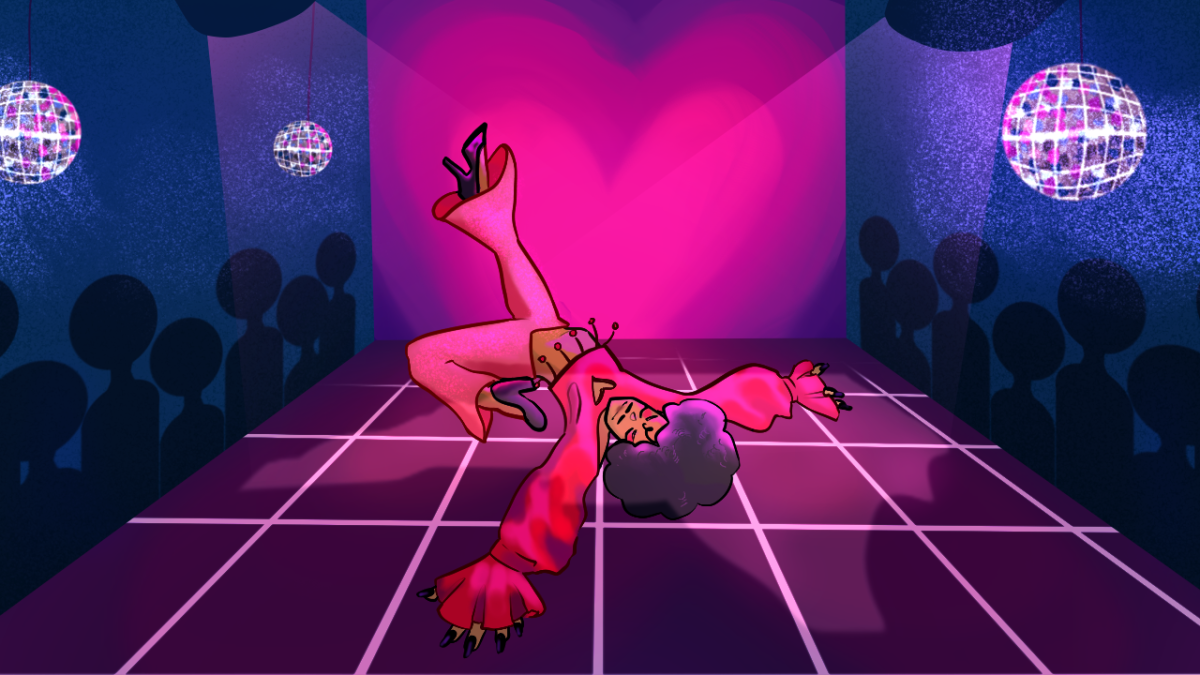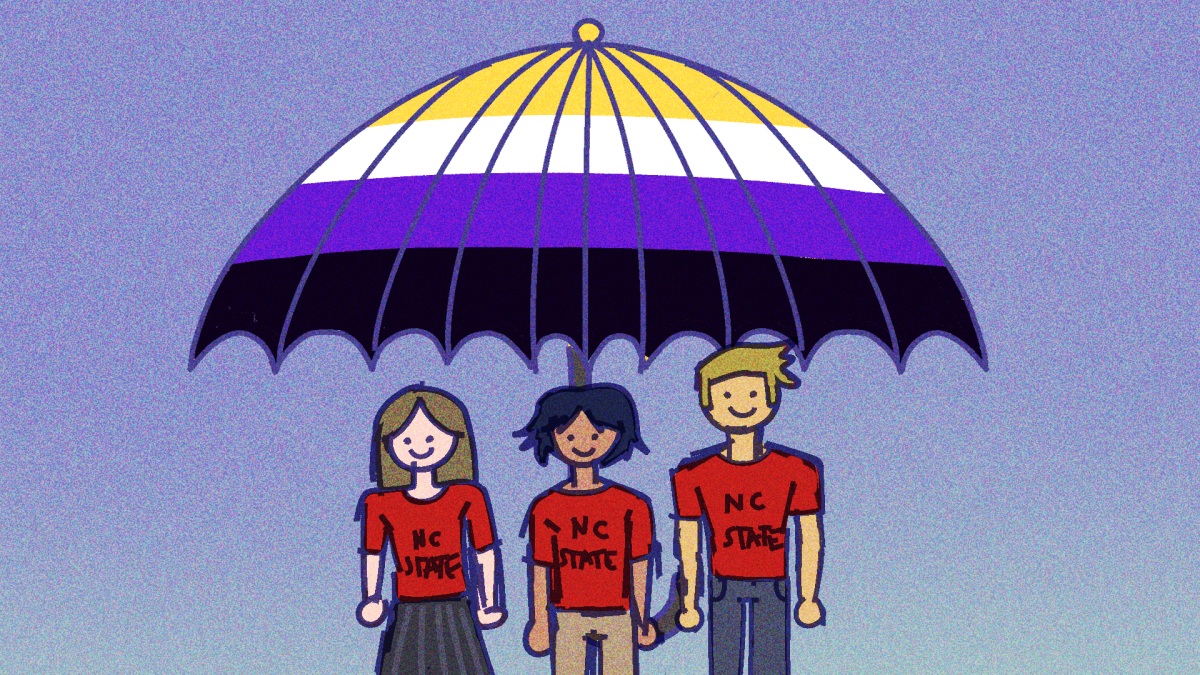NC State has an obligation to provide physical and educational accommodations to its community as compliant with the Americans with Disabilities Act of 1990, but while over 1 in 5 students experience disability, only around a third report this to their university.
Documentation is required for student registration with on-campus accommodations. Even with insurance, diagnostic waiting lists for disabilities such as ADHD or autism can take over a year, leaving students without access to support they may not be able to pursue until arriving at our campus. Cultural stigmas as socioeconomic barriers can further impact what students are even able to get diagnoses.
Regardless of how professors lead their courses, developing and improving curricula that consider students with disabilities can improve course accessibility and the quality of teaching itself.
Mark Newmiller, director of the disability resource office for NC State, has observed significant improvements in campus disability awareness over the past two decades.
“The University has taken really giant strides as far as becoming more accessible as a campus,” Newmiller said. “There’s still a long way to go, obviously, but I think from the administration down … all entities are a lot more aware of accessibility issues.”
Students play an important role in helping instructors understand the ways their courses are inaccessible, even if they do have accommodations filed. My own disability and auditory processing difficulties made it difficult to meet our world languages requirement as the coursework was centered around conversation and communication. I had to work with my professor to manage my language limitations while realistically meeting course requirements.
“The letter [sent to professors] just lists what the accommodations are,” Newmiller said. “We encourage a conversation [between students and instructors] like, ‘Hey, this is how this is going to work’ … We really rely on students and instructors to contact us and then we’ll have that discussion.”
But improving course material access is especially relevant for students who don’t have formal documentation through our campus. Students may not know how to conceptualize their needs and experiences if the topic of disability has been taboo, making accessible practices important.
One improvement I saw as a student was through lecture recording via the Panopto system post COVID-19. Even after remote learning was no longer necessary, video lectures allowed me to engage more during class — I was no longer frantically scribbling down everything in fear I’d miss important information. Recording technologies can also help students with health or personal emergencies remain aware of course conversations while unable to attend in person.
“[Classroom capture] allows students who have difficulty taking notes, you know, access back to the class,” Newmiller said.
I’ve experienced a range of instructional styles, from mandatory laptops for in-class assignments to paper-and-pencil notes taken only upon the professor’s explicit direction. Instructors making presentation slides and course recordings available after lectures is a huge help to me as a student — it allows me to absorb a teaching style in the moment while having time to review course content and discussions at my own pace later.
But while classes are automatically recorded, links to these videos might not be shared with students. Instructor hesitation to shift towards new methods may prevent generally accessible methods from being used in class.
“We might ask the question, ‘Well, why aren’t you doing the recording that would help all students?,’” Newmiller said. “We try to give [instructors] that information and encouragement, of you know, this is going to help all your students be better students and learn more.”
Making Panopto videos available isn’t only beneficial to students catching up or reviewing class. Professors can also benefit from allowing students access to automatically-recorded lectures.
“If there’s certain parts [of recordings] that are being reviewed more than others, the instructors are able to use that to better their teaching, to say, ‘Hey, we got to go back, a lot of people don’t understand,’” Newmiller said.
I’ve had professors that didn’t upload video lectures because course conversations often included sensitive topics, but presentation slides and other instructional materials would still be useful for students to review after class.
Alongside making recordings and slides available to students via Moodle, those interested in incorporating Universal Design for Learning in their classrooms can contact the Disability Resource Office for instructional resources, or request individual guidance via phone call or email [email protected].
Instructors have a responsibility to make their courses accessible to all students, as not everyone who would benefit from accommodations are able to file for them. Taking advantage of on-campus instructional resources and practices like uploading Panopto lectures or slides will improve the educational experience for both students and teachers.

